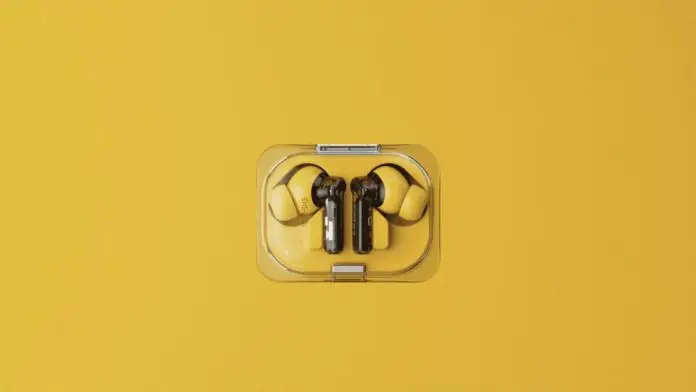© ROOT-NATION.com - Use of content is permitted with a backlink.
Nothing introduced two models of TWS headphones with similar names and functions, but different designs and prices. Nothing Ear is more expensive, while Nothing Ear (a) is a representative of the cheaper segment. But, in general, both models are quite affordable.
The Nothing Ear costs $149/£129, while the Ear (a) will ask $99/£99. Both models will be released on April 22, 2024, but the company will start accepting pre-orders a little earlier.

Both models are in-canal TWS headphones with an 11mm driver. Both support active noise cancellation up to 45 dB and have a transparency mode that works with the help of the so-called “intelligent ANC algorithm”. Each earbud has three microphones, as well as control buttons, just like the AirPods Pro 2. In addition, both pairs are protected against moisture and dust according to the IP54 standard, so they can be used for sports.

In the company’s mobile application, both models have their equalizer settings, a bass boost function, settings, a Find My Earbuds tool, and a fit test that allows you to make sure that you put on the earbuds correctly and ensure a good seal. In addition, they support low-latency mode, which will be especially interesting for gamers, and a multi-point connection for easy switching between devices.
The company also announced that it has added support for its Nothing OS with ChatGPT to the devices. This means that users with the latest version of the company’s OS and ChatGPT installed on Nothing smartphones will soon be able to communicate with the increasingly popular chatbot directly from Ear(a) and Earbuds. The rollout will be gradual for Phone (2), followed by Phone (1) (here you can find its overview) and Phone (2a) for Nothing Ear and Ear (a) and will last for several weeks.

But the different price implies that users should get a little more from Nothing Ear than from Ear (a). Among the advantages of the more expensive model are sound processing and body design. The Nothing Ear headphones offer “advanced EQ with profile sharing” compared to the simpler custom EQ in the Ear (a), and also have a “Personal Sound Profile” feature.
The more expensive model will last a little over 5 hours on a single charge with ANC enabled and supports wireless charging. Cheaper headphones with ANC enabled will last a bit longer but don’t support wireless charging. However, both models support fast charging. In addition, the Nothing Ear case has a dust and water protection class of IP55, while the Ear (a) is stored in a case with a protection level of IPX2 only. So a more expensive model in a case has a much higher chance of surviving a sudden immersion in water.
Read also:
- Nothing Phone users can now access ChatGPT thanks to a new update
- Nothing Phone 2 Review: The Most Unique Phone on the Market


